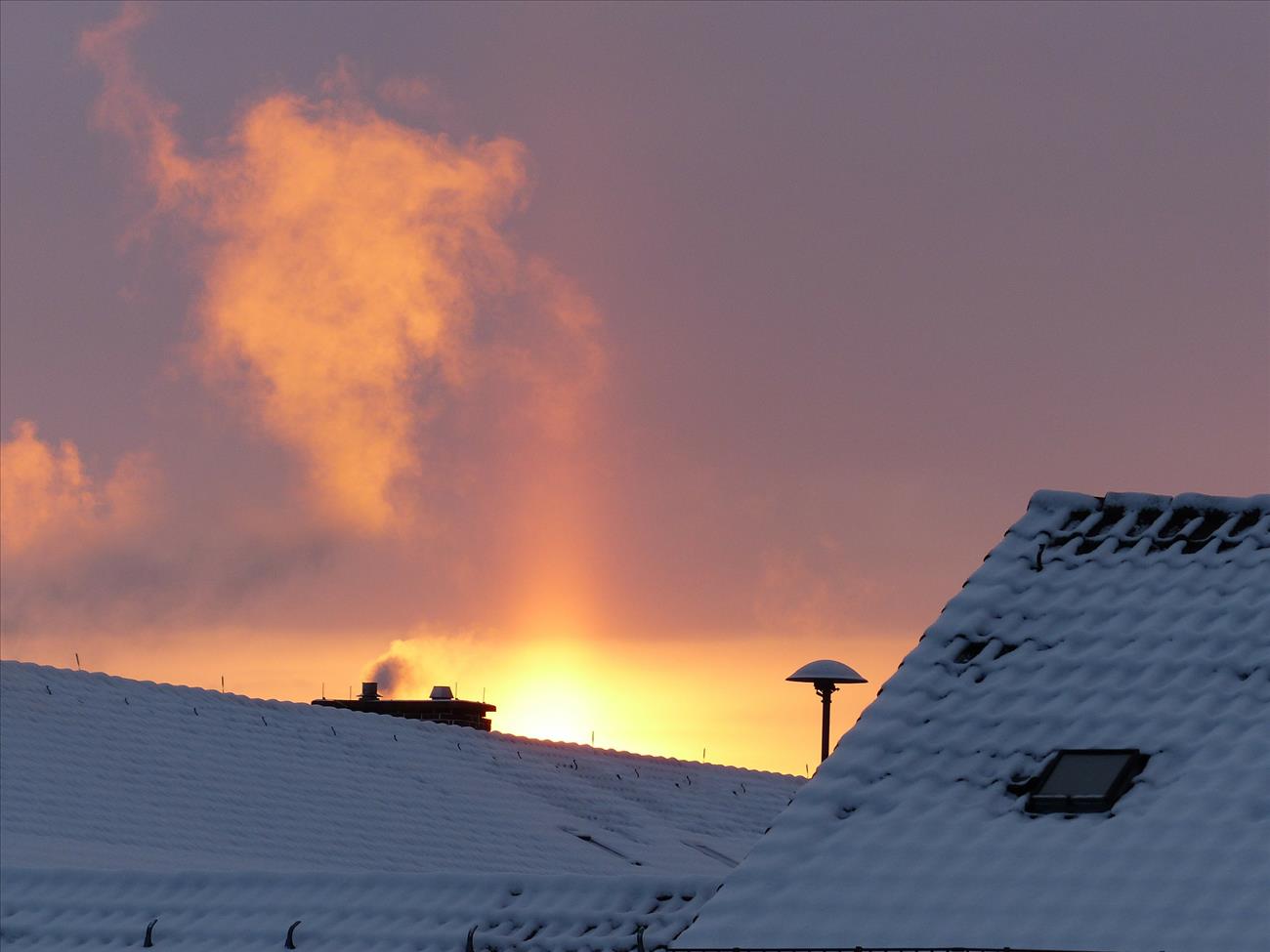At first glance, the kitchen might not look like that much work, but you should beware because it houses many possible fire hazards due to combustible materials. Buildings must have contingencies to combat this threat before it happens, or the consequences could be dire.
What is a Hood Insert?
A range hood insert is an exhaust fan that fits within and powers a customized hood. Most home range hood inserts are 28" to 60" in length. They usually have a CFM range of 600 to 1200. You might see inserts called liners. Both are the same item. Although most of them are ducted, some low-profile inserts may be made ductless.
For restaurants and other commercial settings, inserts usually aren't powerful enough. 5000+ CFM commercial hoods can filter oil and grime from various fryers and grills. On the other hand, commercial hoods are ideal for use in the residence.
Ducted vs. Ductless Range Hood Insert
Range hood inserts with ducts vent outside the wall or through the ceiling. A ducted insert distributes oily air to the outside of your building via ducting. Ductless insert range hoods, unlike ducted insert range hoods, do not vent filthy kitchen airflow to the outside; on the other hand, carbon filters reduce cooking scents and catch oil from the air in your kitchen. The air then gets recirculated into your room.
Ducted insert range hoods are more practical and reliable than ductless range hoods at expelling dirty air. You want to avoid oil and filth, especially if you have custom cabinetry or a hood enclosing the insert. A ductless insert range hood, in most situations, will not be powerful enough to keep your kitchen air pure.
Why Smoke Vents Roof Hatches Are Vital
Smoke vents roof hatches are often a requirement to most modern buildings for ease of maintenance and following the local law's regulations. It typically has a design that helps eliminate harmful particles and heat inside a burning building. The International Building Code mandates that the rooftop smoke vents automatically open to discharge smoke, heat, and poisonous gasses in the case of a fire emergency.
These doors come in various sizes but typically either sing leaf or double leaf types. The single leaf means only a single door, while the double-leaf has two doors that could swing open. Facilities that deal with oil and hazardous particulates need these installations to ventilate the room.
Other Functions of Smoke Vent Roof Hatches
Other smoke vent roof hatches function as a safety feature when a fire happens. It allows an escape route or an exhaust for heat and smoke to leave the building. It results in fewer possibilities of items inside combusting due to radiant heat. The smoke also has a way out, making it safer for people to evacuate and firefighters to enter the building and deal with the problem.
This installation also has a different function of allowing natural light into the building, basically a skylight. Other doors even have glass panels that will enable more light to enter. Buildings have them because they help regulate the temperature in residential buildings, cutting some of the energy costs.
Takeaway
Safety will always come first as a top priority no matter what industry you work in, and if your business involves fire hazards, you need to be sure that you have what it takes to subdue it when an incident happens. Discuss with a licensed professional what options you can take and what product will suit your roof hatching needs for your building.
Are You a Professional?
Requests for your services are coming in left and right. Let’s connect and grow your business, together.


